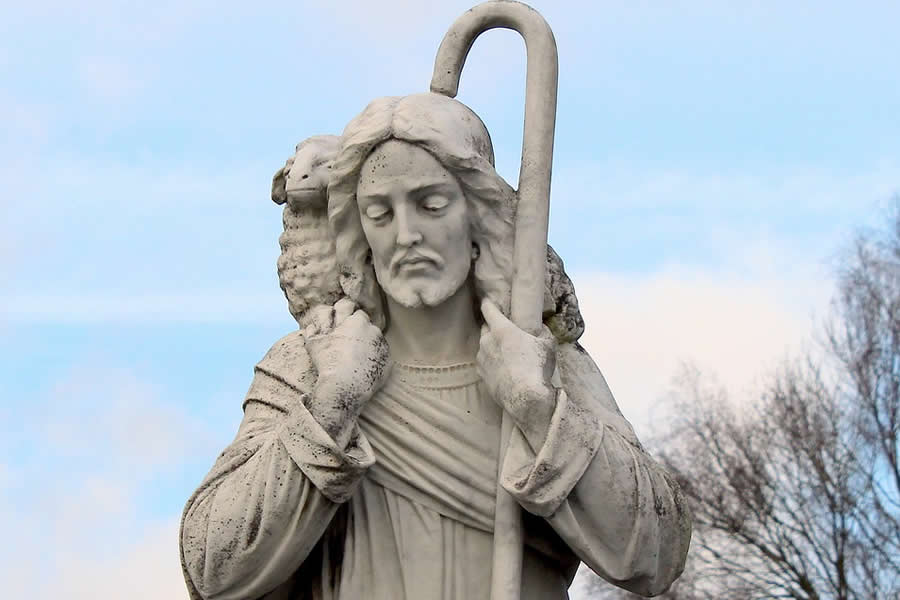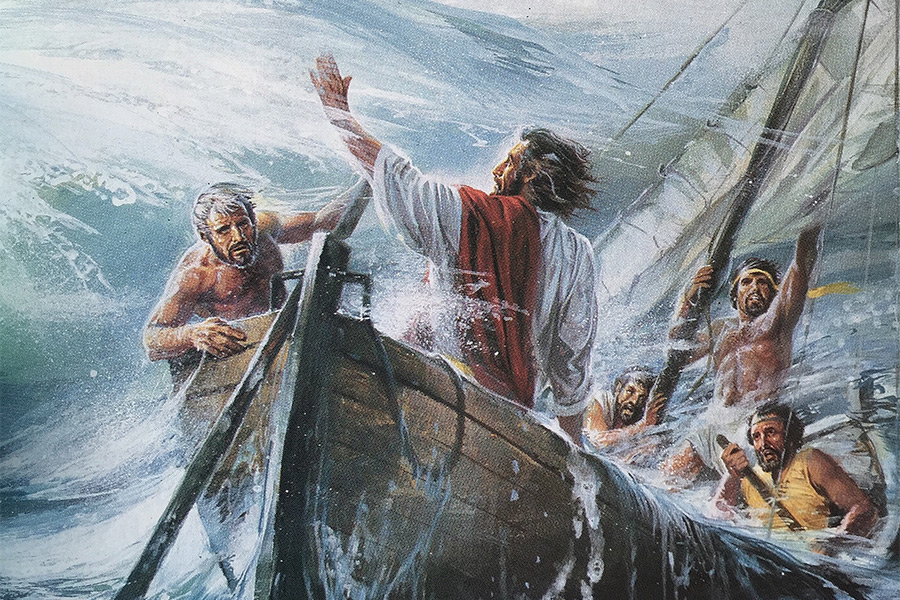
Compassionate Leadership: Shepherding With Christ’s Heart
07-21-2024Weekly ReflectionFr. Augustine Acheme, VCThis Sunday’s readings highlight the theme of compassionate leadership and the call to shepherd with Christ’s heart. Through the words of Jeremiah, Paul, and the Gospel of Mark, we are invited to reflect on the qualities of a true shepherd and the divine compassion that should guide our actions. In the first reading, the prophet Jeremiah delivers a stern message to the negligent leaders of Israel: “Woe to the shepherds who mislead and scatter the flock of my pasture” (Jer 23:1).
READ MORE
Trusting in God's Provision
07-14-2024Weekly ReflectionFr. Augustine Acheme, VCThis Sunday’s readings highlight the call to mission and the unwavering trust in God’s provision. Through the examples of Amos, Paul, and the Apostles, we see a powerful message: when God calls, He also provides.
READ MORE
Prophets In A Prophetic Church
07-07-2024Weekly ReflectionFr. James Aboyi, VC“Hard of face and obstinate of heart are they to whom I am sending you. But you shall say to them: Thus says the LORD GOD! And whether they heed or resist, for they are a rebellious house, they shall know that a prophet has been among them” (Ez 2:4-5). This closing statement in the first reading today captures the central message that runs through our scripture readings today, which is the challenges of our roles as prophets belonging to a prophetic Church.
READ MORE
Do Not Be Afraid; Just Have Faith
06-30-2024Weekly ReflectionFr. Manasseh Iorchir, VCA typical day in the earthly ministry of Jesus was full of events that included teaching on the mysteries of the Kingdom, healing of the sick who came or were brought to Him, spending some quiet time in prayer with His Father, and a private session with His Apostles in order to explain the many parables He may have used in teaching the people earlier. Mark recounts two major healings in our Gospel passage this weekend.
READ MORE
Quiet! Be Still!
06-23-2024Weekly ReflectionFr. Manasseh Iorchir, VCOne would expect that the disciples of Jesus, some of whom were professional fishermen before Jesus called them, would possess at least a little more than a fair understanding of the sea and the elements. To be fair to them, even Jesus trusted their acquired ability to sail Him across in the boat, to the extent that He fell asleep and they may have applied their knowledge of the ways of the sea to keep the boat afloat, at least for some me before they called upon Jesus to come to their aid.
READ MORE
For We Walk by Faith, Not by Sight
06-16-2024Weekly ReflectionFr. Manasseh Iorchir, VCThe exiled people of Israel received a series of “prophecies of doom” that painted a gloomy story of their contemporary situation from the Prophet Ezekiel who ministered to the people during the period of exile. A er one of such oracles, God decided to off er them a message of hope for restoration. God employed an agricultural parable to pass this relieving message of hope, this must have resonated with the people, an overwhelming majority of whom were agriculturists. The Lord was going to take from the crest of the cedar, a tender shoot, which He would plant on a high and lofty mountain of Israel.
READ MORE
“Whoever Does The Will Of God Is My Brother And Sister And Mother.”
06-09-2024Weekly ReflectionFr. Manasseh Iorchir, VCWe are back to taking our Readings on the weekends from the Ordinary Time after the celebration of Easter, Pentecost, the Solemnity of the Most Holy Trinity and Corpus Christi. This weekend, the Tenth Sunday of Ordinary Time in Year B, we are treated to the intriguing dialogue between God the Creator and Adam the disobedient creature after the first fall. Recall that God had created Adam and had placed him and Eve in the Garden of Eden where all that they would need was provided.
READ MORE
This Is My Blood Of The Covenant Which Will Be Shed For Many
06-02-2024Weekly ReflectionFr. Manasseh Iorchir, VCIt is safe to say that the story of the Christian Scripture which we call the Bible is the story of two Covenants: the first between God and the people of Israel, the second between God and the New Israel, the assembly of God’s children also known as Christ’s faithful. The Book of Genesis traces the origin of the world and man’s relationship with His Creator, a relationship that was mortally wounded by man’s disobedience and the gradual revelation of God’s plan to return man to the right relationship with His Maker. In Genesis 15, God made a covenant with Abraham and his descendants, this covenant was sealed with the blood of animals.
READ MORE